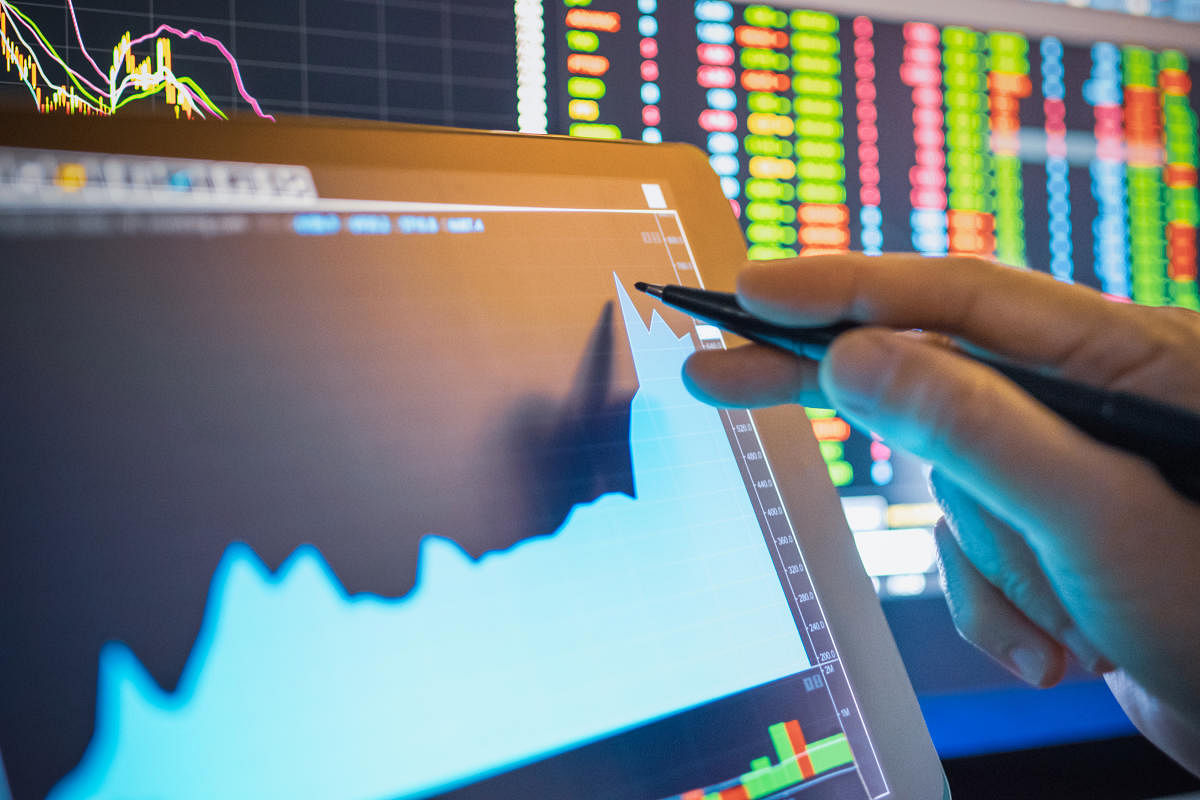
Most of the traditional economic theories assume and believe that individuals are consistent, well-informed and hence rational. We all know that this assumption is too facile when it comes to investments. In stock markets for example, when an investor sees the prices of stocks going up and down like a yoyo it gives the investor an adrenaline rush and his decisions will be anything but rational.
Since investors are human beings and not angels, most of them experience a roller coaster of emotions. Their investment decisions are based on emotions like intuition, greed and fear and not facts. These biases, be it cognitive or emotional, result in building a concentrated portfolio that is not diversified.
An understanding of behavioural finance gives us an insight into human behaviour. Let us try to demystify these biases in the following paragraphs:
Overconfidence bias
Overconfidence bias refers to the investor’s overconfidence in his abilities or judgment. This bias makes the individual believe that he is better than others in investing while the reality could be quite different. This aura of invincibility that he can beat the market makes him take higher risks and leads to excessive or impulsive trading.
Loss aversion
Loss aversion is the fear of loss that causes investors to behave irrationally. This bias makes them sell profitable stocks and hold on to losing stocks for far too long in their portfolio, hoping that their prices would recover at some point in the future. Behavioural finance economists Dan Kahneman and Amos Taversky in their study titled Prospect Theory found that investors are more sensitive to loss than to possible return. They proposed that losses cause a greater emotional impact on an individual than an equivalent amount of gain. Choices presented in different ways—with both offering the same result—an individual will pick the option offering perceived gains. In short, people prefer avoiding losses to making an equivalent gain.
Familiarity Bias
True to the proverb “a known devil is better than an unknown angel” investors normally invest in what they know or what they can understand or what they are comfortable with. This means an investor working in the IT industry may be comfortable investing in an IT stock or a banker is more comfortable investing in banking stocks. This bias is the tendency of individuals to prefer what is familiar and to avoid what is not known to them. This bias prevents investors from exploring unknown or unfamiliar investments.
Recency bias
The impact of recent events or experiences influences investment decisions. This applies to both positive and negative experiences. Based on their experiences, investors expect the event to repeat in the future. In a bull market, investors blindly keep investing at crazy valuations expecting markets to keep rising perpetually. On the other hand, a fall in stock prices may trigger panic and investors would miss out on buying opportunities. In fact, this bias happens every day in many areas of our lives. For instance, why do political parties compete in announcing welfare schemes just before elections since voters remember only recent events!! In cricket, fans remember only the recent performances of players and want their inclusion in or exclusion from the team.
Confirmation bias
Confirmation bias is the tendency to look for additional information that confirms or supports our existing beliefs or views and ignore information that contradicts our beliefs. As an investor, you would have already decided to invest in a stock or a sector and then look for data or opinion that confirms your views. This bias can result in exposing that investment to unsystematic risks i.e. company-specific or sector-specific. Peter Wason, a cognitive psychologist conducted several experiments in 1960 and described confirmation bias. He demonstrated that people tend to seek information that confirms their existing beliefs.
Herd mentality
Herd mentality or behaviour can be defined as the tendency to go with the group. “Do as they do”, or “I bought the stock because others are buying it” is an example of herd mentality. The collective decisions of the herd, will either drive up or drive down the stock prices.
These biases lead to bad investment decisions since they are not based on facts. Investors can reach impartial decisions only by becoming aware of and handling these innate biases. Knowledge of the biases can improve investment outcomes.
(The writer is a CFA, a former banker and currently teaches at Manipal Academy of Higher Education, Bengaluru)